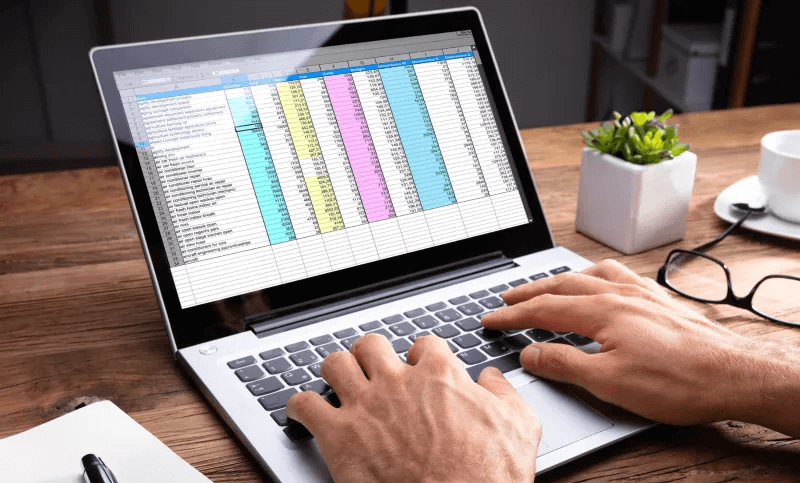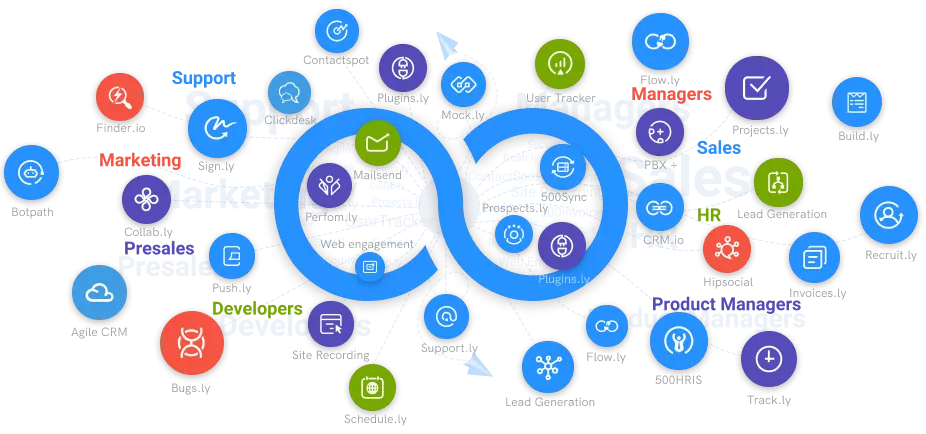Methods of Time Tracking
Various methods of time tracking that businesses use to increase their efficiency.
#1
Get an instant preview of employee activities - timesheet, keystroke & mouse click logging
#2
Monitor in real-time by automatically capturing screenshots of employee's screen
#3
Take control of employee work hours for better project planning
#4
Utilize the project management functionalities to deliver your projects on time
#5
Add unlimited projects and manage all in one place
#6
Customize the screenshots interval and mouse / keyboard activities
#7
Integrate with popular project management tools such as Projectsly
#8
Automate payroll & expense claims with the online time-sheets
#9
Unbelievable pricing - the lowest you will ever find
#10
Everything your business needs - 50 apps, 24/5 support and 99.95% uptime
Below we'll discuss some of the advantages and disadvantages of various time tracking methods - like spreadsheets and biometric time clocks - that businesses utilize to track their employees time.
Trust
Though not many companies use it, some do use the trust method for tracking time. Instead of relying on reports, employers trust employees to measure their own hours worked on the tasks they completed.

The trust method is an honorable one, built on the mutually trusting relationship between the employer and employee. However, it's not ideal for employees who work at different paces because it requires all workers to be at the same pace. Even if you have a crew of hard workers, it's impossible to ask each one to work at the same speed as their coworkers.
Paper and Pen
Surprisingly, paper and pen is still one of the most followed way of time tracking that many businesses use. It's inexpensive and doesn't require any training, troubleshooting, or updating.
Unfortunately, the disadvantages and their costs far outweigh the advantages. One of the biggest disadvantages to employer and employee is that falsified time records are very likely. Whether purposely or accidentally, inaccuracy of time worked can cost you money if overestimated and can cost the employee money if underestimated.

That uncertainty is even greater if you have remote employees and you'll never know if they worked the hours documented, whereas, with office employees, you'll have an idea.
There are some ways which employers try to work around this disadvantage and that's by getting their employees to manually take screenshots of the work they're doing. Even then, the process is time-consuming and can lead to employees having low morale.
Spreadsheets
Another method is using spreadsheets where employees would manually document the times that they worked via time tracking templates. The template would have the necessary categories needed to record clock-in and clock-out times, tasks worked on, and clients interact with.

Spreadsheets are perfect for calculating the total time worked and organizing that information into charts that can help you analyze how much time each employee spends working on certain tasks and clients.
However, time tracking spreadsheets are also time-consuming for both employer and employee. Employees might forget to update the information, especially if they're busy.
Analyzing reports generated from time tracking spreadsheets for all employees would take up too much of your time and wouldn't normally be completed before you're able to use your findings.
Punch Cards
Punch cards, modern time card machines, are effective methods of time tracking that's relatively inexpensive and straightforward. All employees have to do is place their punch card into the employee time clock and their time is recorded.
It does accomplish its purpose. However, if employees forget to use it because they're in a rush, they have to put in a manual request and ask you to fix it for them. With everything on your plate already, it's unlikely that you'll remember to fix every mistake for every employee. Even if you do, could you imagine the time you'll spend fixing mistakes?
Also, punch clocks and cards make it easy for coworkers to participate in buddy punching. You'll notice if you're paying for an employee that wasn't there for an entire day. What about an hour or two? Though it might seem small and insignificant, buddy punching can cost you thousands of dollars a year.
Mobile Devices
Companies who have mobile teams are using mobile devices to track their time on site. One of the greatest benefits of mobile time trackers is that it works from anywhere. Nonetheless, that's also the biggest drawback.
If the app you're using for them lacks GPS tracking, they could be tracking their time from home and not the job site
Biometric Time Clocks
A more technically-involved option for time tracking is to use biometric time clocks. There are different types, but the most popular ones are facial and fingerprint recognition. Using this method eliminates buddy punching and significantly reduces time theft.
However, depending on where you are in your business, biometric time clocks and the training and upkeep involved might be too expensive for you. Beyond that, the security risk it poses is one that can make many employees uncomfortable.
One risk is that you can't change your fingerprint. So, if a hacker were to access the database that the biometric time clock works on, there is nothing your employees can do to stay safe after that, besides hope that the hacker doesn't decide to use their identity.
Software for Time Tracking
Software for time tracking is a cloud-based solution that automatically tracks your time. Similar to biometric time clocks, it exponentially reduces time theft.software for time tracking solutions do this with employee monitoring, idle time, and manual time entry.
![]()
Employee monitoring captures automated screenshots and tracks their location, URLs, and app usage. With the data gathered from those functionalities, you can see exactly what your employees are doing and if your field workers are actually at the job site. Also, paired with idle time detection, it's nearly impossible for employees to clock their coworkers in hours before they arrive at work.
All time entries on your employees timesheets are synced directly from a time tracking software solution's time tracker. While they can request manual time, only you can approve it.
Besides time tracking and employee monitoring, software for time tracking also have other functionalities that make them a great asset for businesses. A few are project management, employee scheduling, and payroll.
However, not all solutions offer those features, so you'll have to look around for one that does if that's what your business needs.
One of their disadvantages is that your employers might forget to start tracking their time, especially if they're salary workers. Fortunately,some software for time tracking solutions countered this flaw themselves with their daily reminders. Your employees can set a reminder that notifies them to start tracking their time if they haven't after a specified amount of time has passed.
Not all methods of time tracking are for every business type, however, each method is ineffective in part. However, not all are. One of the most effective methods of tracking time to ensure accuracy and time efficiency is a software for time tracking solution like Clockly.
Clockly helps you manage your projects more effectively, increase employee productivity, ensure project profitability, and much more.





